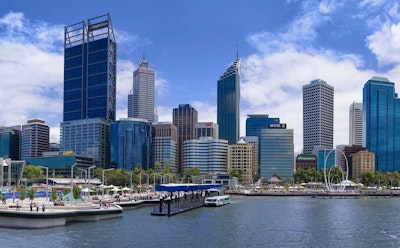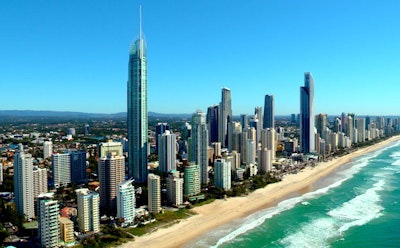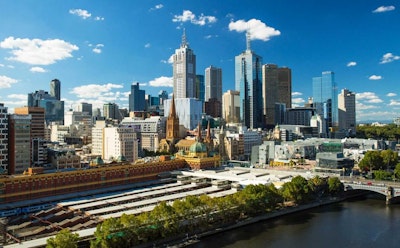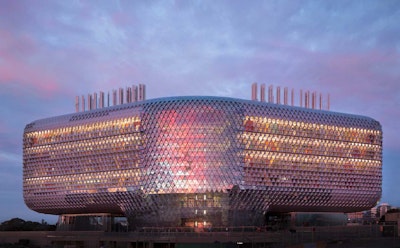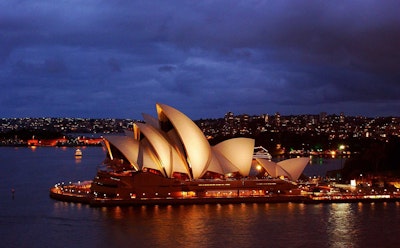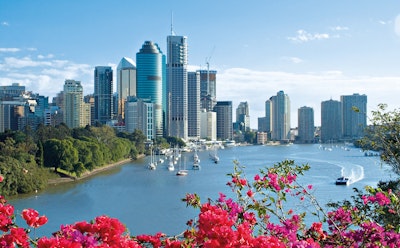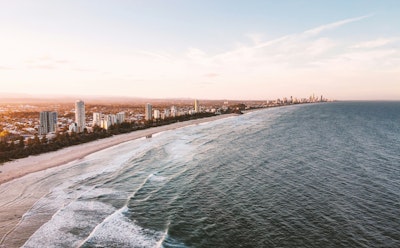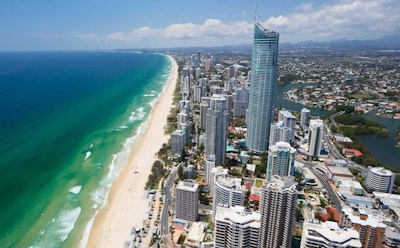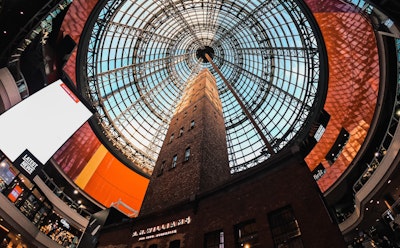Sydney Harbour Bridge
Where Adventure Meets Architecture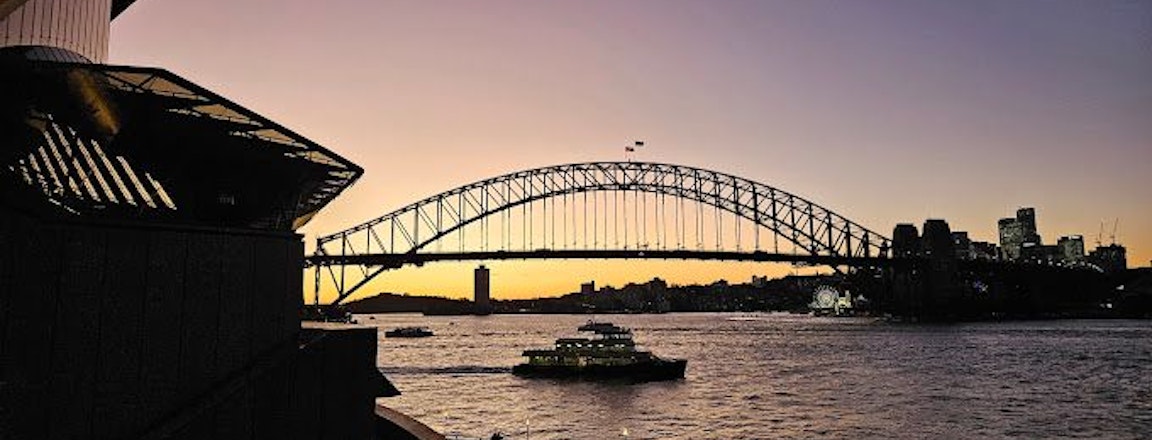
Sydney is a bustling, energetic city that is brimming with life and innovation, making it a perfect destination to explore with Australia Tour Packages. This city shines like a jewel on the glistening waters of its magnificent harbour. There is never a dull moment in this city because it has so much to offer its tourists. You will adore it, with its breathtaking beaches, vibrant food and drink culture, art galleries, museums, and so much more. The city is home to the well-known Sydney Opera House, which is regarded as a masterpiece of contemporary architecture.
The Harbour Bridge, which spans Sydney Harbour, is another iconic monument that provides amazing views. Join the Sydney Harbour Bridge Walking Tour if you want to see the city at its best and experience mesmerising moments you'll never forget. Continue scrolling to learn more about everything!
About Sydney Harbour Bridge
The Sydney Harbour Bridge, also known as "The Coathanger," is one of Australia's most iconic landmarks. This bridge connects the North Shore and the Central Business District across Sydney Harbour. The bridge was finished in 1932 and has since become a symbol of the city as well as a famous tourist destination. The 134-meter-high steel arch bridge provides panoramic views of the city, and tourists can even climb to the top for an even more stunning vantage point.
The climb to the top of the bridge is a popular activity that provides guests with a one-of-a-kind and unforgettable experience. Aside from being a significant transit route, the Sydney Harbour Bridge is also a popular location for special events and festivities.
How to reach Sydney Harbour Bridge
- Location: Bradfield Highway, Sydney NSW 2000, Australia.
Ways to Reach Sydney Harbour Bridge
- Train: Travelling by train is the quickest way to get to the Sydney Harbour Bridge. The bridge is close to a number of train stations, including Circular Quay, Wynyard, and Milsons Point.
- By Bus: The bridge is accessible from a number of bus lines that go to and from the bridge.
- By Ferry: A popular and picturesque way to get to the Sydney Harbour Bridge is by ferry. Ferries run frequently from many locations along the harbor, such as Manly, Taronga Zoo, and Darling Harbour.
- By Car: Driving to the Sydney Harbour Bridge is another good option.
Sydney Harbour Bridge Walk
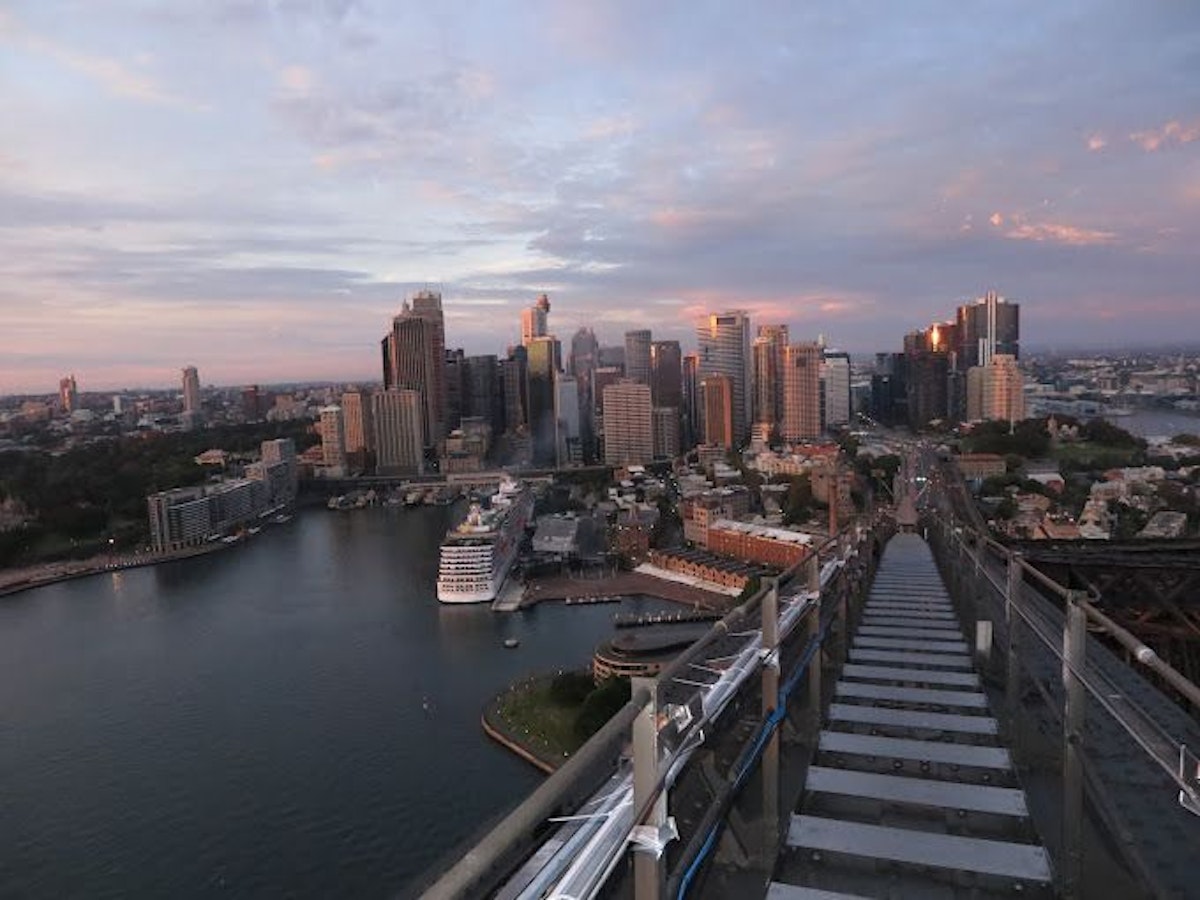
Walking across Sydney Harbour Bridge is among the top totally free activities to do in Sydney. The Harbour Bridge purposely built a pedestrian path on the eastern side of the bridge that runs from The Rocks' Bridge Stairs to Milsons Point's Bridge Stairs. The 1.5-kilometre walk provides panoramic views of Sydney Harbour, Circular Quay, the Opera House, and Kirribilli.
In addition to walking, visitors can even climb the steel arch of the bridge to a height of 134 metres above the bay. The climb is safe and secure, with participants always fastened to a safety harness, and is led by knowledgeable climb leaders. Climbers will have panoramic views of the port, the Sydney Opera House, and the city skyline along the way. Don't miss the opportunity to capture lifelong memories and know about the history and construction of the bridge.
What to expect on Sydney Harbour Bridge Walk
- Panoramic Views: From the top of the bridge, you can see Sydney Harbour, the Opera House, and the metropolitan skyline. On a clear day, you can see for miles and get a unique view of the city.
- Safe and secure: The Sydney Harbour Bridge Walk is perfectly safe and secure.
- Guided Tour: Be part of the guided tour and get knowledge about the city's history, the bridge's construction, and interesting facts about this landmark.
- Build Memories Forever: You will have the opportunity to capture images and create memories that will last a lifetime. You will also be able to capture the breathtaking views of the harbour and city.
One should not miss Sydney Harbour Bridge and must participate in its amazing activities. With the help of Pickyourtrail, reserve Australia Honeymoon packages for the best vacation ever. Here, you can find the best bargains available and even create a personalized itinerary for your Australia trip. Take advantage of this fantastic chance right immediately without delay.
Clothes that are cozy and weather-appropriate are advised, as well as closed-toe footwear. You won't need to bring any additional equipment because a safety harness and hard hat will also be provided.
You're welcome to bring a camera with you to capture the scenery and memories. Please take note that selfie sticks and camera tripods are not allowed.
Yes, walking paths on the bridge are safe and secure.
Update your location?








